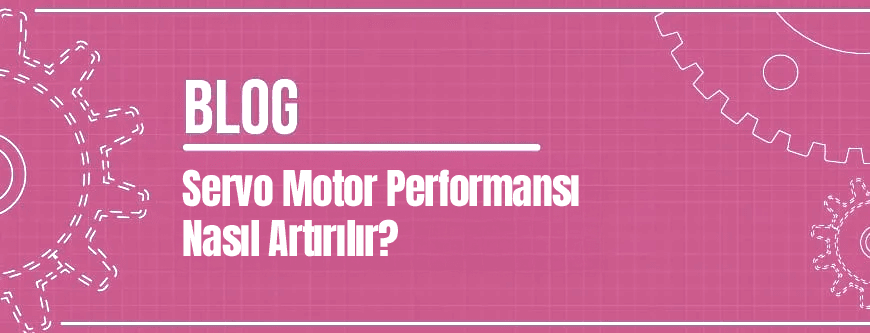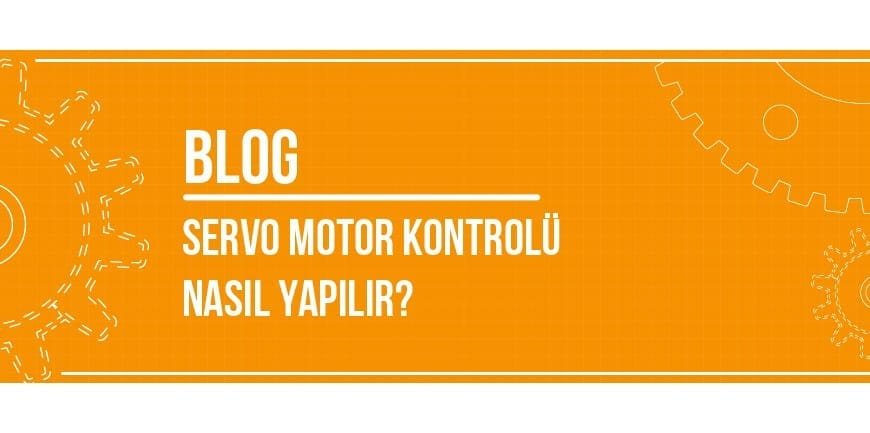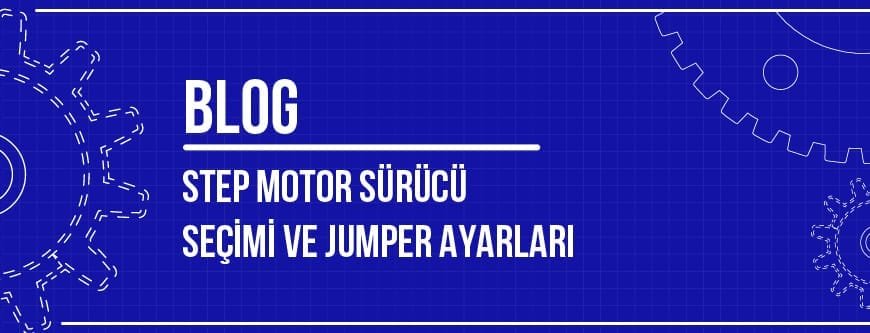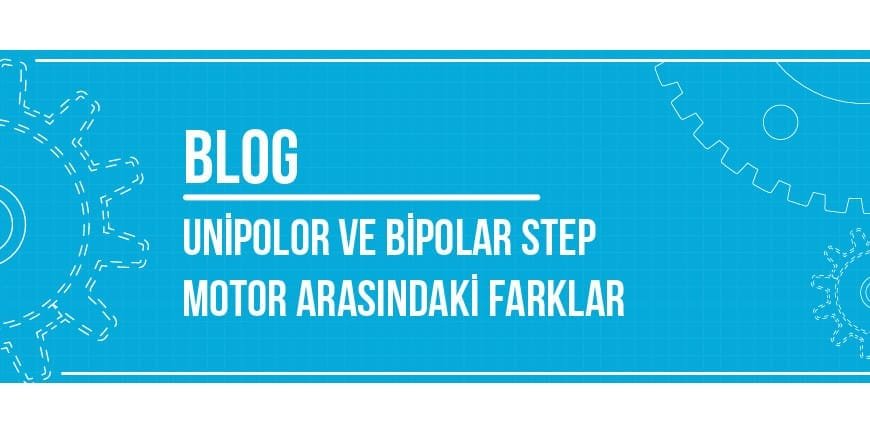
İçindekiler
How to Improve Servo Motor Performance?
Improving servo motor performance is critical to maximizing efficiency in industrial automation, CNC machines, and robotic systems. The first step in improving performance is to ensure that the motor’s mechanical and electrical components are functioning properly. Regular maintenance, timely replacement of worn parts, and proper lubrication techniques help the servo motor operate at maximum efficiency. Additionally, optimizing the driver settings according to the motor’s technical specifications improves speed and torque response.
Another important point is the operating environment of the motor. Adverse factors such as dust, humidity, and high temperatures can directly affect servo motor performance. Therefore, the cleanliness and temperature control of the area where the motor is located are of great importance for long life and high performance. Appropriate cooling systems and vibration-reducing mounting techniques also contribute to performance improvement.
Development of Motor Winding Technology
Motor winding technology is a factor that directly affects the efficiency and lifespan of servo motors. Instead of traditional winding methods, the use of modern winding techniques that provide lower resistance and higher magnetic fields increases the motor’s power efficiency. High-quality enameled wires, heat-resistant insulation materials, and CNC-controlled winding machines enable the production of more precise and balanced windings. Development of the System
In addition, the slot geometry and winding arrangement used in the winding design determine the motor’s torque output and energy consumption. Therefore, winding techniques optimized through engineering calculations help achieve higher efficiency in both servo and spindle motors. Resistance, inductance, and insulation measurements performed with modern test equipment ensure that the winding meets quality standards.
OEM Standard Motor Repair and Rewinding Processes
Motor repair and rewinding in accordance with OEM (Original Equipment Manufacturer) standards is the most appropriate approach to maintain the original performance of the motor. These standards ensure that the motor is repaired in accordance with the technical tolerances and material quality specified by the manufacturer. In OEM-compliant winding processes, the original wire diameter, insulation class, and winding pattern are maintained.
During the rewinding process, damaged coils are completely removed and the motor body is cleaned, then new coils are carefully installed and varnished. This process increases the electrical efficiency of the motor while also strengthening its mechanical durability. Balance tests and performance checks under load performed in the final stage ensure that the motor operates in accordance with OEM standards.
Winding Processes to Improve Servo and Spindle Motor Performance
Servo and spindle motors are used in applications that require precise control, so the quality of the winding process directly determines their performance. High-precision winding techniques enable the motor to produce high torque even at low speeds. In addition, low-loss magnetic materials used in the windings reduce heating and increase energy efficiency.
The vacuum varnishing process applied during winding helps protect the coils from moisture, vibration, and dust. This allows the motor to operate stably even under harsh production conditions. Proper winding processes not only improve performance but also reduce maintenance costs, ensuring that the motor operates without failure for a long time.
What are the ways to improve the performance of a servo motor?
To improve servo motor performance, it is first necessary to make the appropriate driver settings. Optimizing driver parameters according to the load characteristics of the motor provides faster response times and higher accuracy. In addition, reducing friction and clearance in the mechanical system to which the motor is connected directly affects the efficiency of the motor.
In addition, periodic maintenance and cleaning are also important. Regular lubrication of bearings, checking the integrity of cable connections, and grounding checks contribute to the long-term high performance of the servo motor. Maintaining the motor’s operating voltage and current values in accordance with the manufacturer’s recommendations also plays a critical role in improving performance.
Servo motor performansını korumak için neler yapılabilir?
Maintaining servo motor performance is as important as improving it. To do this, the motor’s operating temperature must be continuously monitored. Overheating can damage the motor’s insulation materials, resulting in efficiency loss. Therefore, appropriate cooling solutions, fan cleaning, and air circulation are of great importance.
In addition, the motor’s operating load must be kept within limits. Continuous full-capacity operation of the motor in applications requiring high torque can shorten its service life. Therefore, selecting a motor with the appropriate capacity for the task and sharing the load when necessary ensures that performance is maintained over the long term.
What are the reasons for the decrease in servo motor performance?
The main reasons for a decrease in servo motor performance include mechanical wear, electrical faults, and environmental factors. Bearing wear, winding insulation damage, or rotor damage can cause a drop in the motor’s torque and speed values. These problems usually occur when regular maintenance is not performed.
Environmental factors also affect performance decline. Dust, moisture, excessive heat, or vibration can cause damage to servo motor components. In addition, incorrect driver settings can cause the motor to operate inefficiently and result in energy loss. Therefore, both electrical and mechanical maintenance plans must be implemented regularly.
Diğer Blog Yazılarımız








